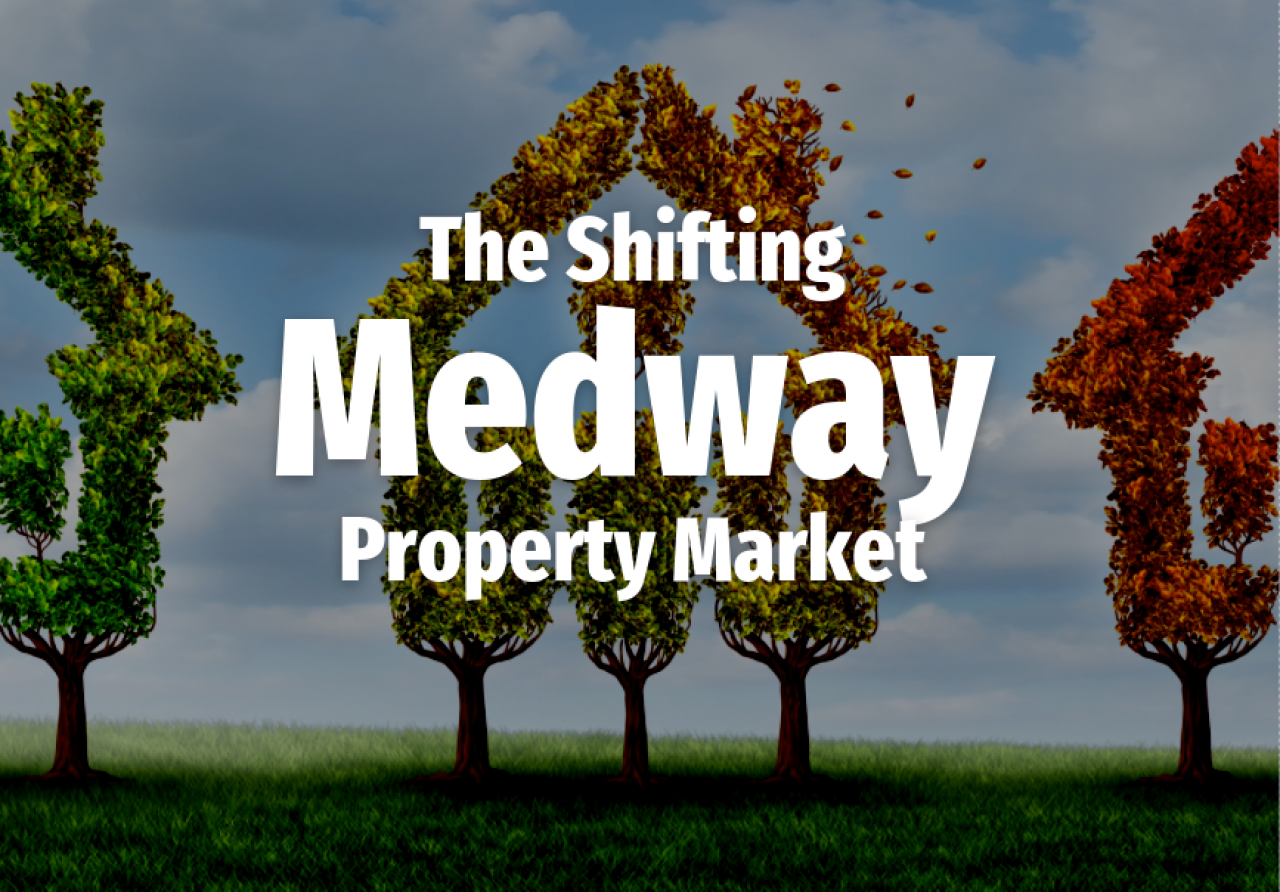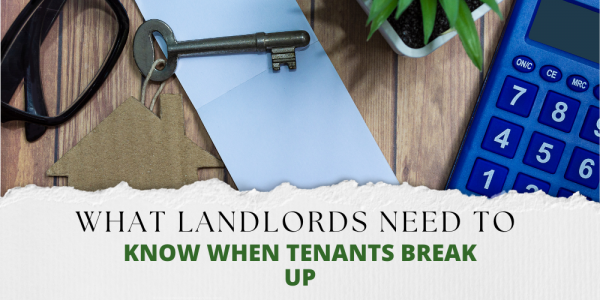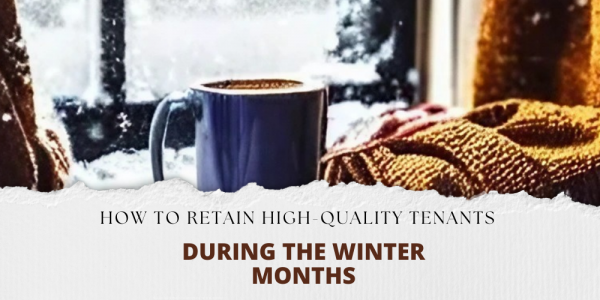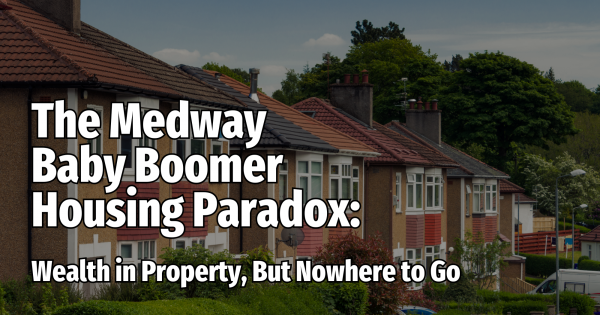CLICK HERE FOR YOUR FREE MEDWAY PROPERTY NEWSLETTER
The Medway property market is on the verge of a ‘tipping point’.
The rate of house price growth has started to ease with a reduction in the number of properties that will sell in Medway in the coming 12 to 18 months.
Yet, rising interest rates and the cost-of-living issues won't knock everybody out of the property market and there shouldn't be a housing bubble for two vital reasons.
The Medway property market is on the cusp of a tipping point. It’s a tipping point that will influence Medway house prices, the number of properties available to buy, demand for those Medway properties and the lives of every homeowner and the property-owning buy-to-let landlords in Medway. This shift in the Medway property market is a big deal so let me explain.
What are the two vital reasons for this shift in the Medway property market?
First, the easy-going Medway property market goldmine of the past couple of years will end.
The bonanza of the Medway property market for house sellers, which was primarily fuelled by cheap money, is receding and the scales are starting to tip somewhat more in favour toward Medway buyers (which is not a bad thing - more of that later).
Secondly, and more significantly, this shift in the Medway property market is not a collapse.
Let me enlighten you as to why this is.
One of the key influencing factors of the property market is what people pay on their mortgages. The higher the mortgage interest rate, the higher the mortgage payments.
Mortgage rates are usually 1% to 2% higher than the Bank of England base rate. Therefore, mortgage rates are increasing on the back of higher Bank of England interest rates.
So, whilst we have seen rates rise four times in the last year, the Bank of England base rate stands at only 1%. Compare that with Bank of England base rates in the 1980s (when the average base rate was 12.63%), 1990s (when the average base rate was 8.8%) and the 2000s (when the average base rate was 4.7%). These high base rates (together with high unemployment) contributed to the woes of the UK property market crashes of the early 1990s and 2008.
From the gloomiest economist, the worst-case scenario doesn't see Bank of England base rates rising past 3%.
This means the prospect of a housing crash is minimal because of the comparatively low unemployment and base rates still at all-time lows.
What are the signs of the shift in the Medway property market?
The statistics show a slight shift in the scales between it being a 100% seller’s market for the last two years to more an 80% sellers and 20% buyer’s market and here are the reasons why:-
The number of houses for sale has grown by 17% in six months.
Nationally, the number of properties available to buy has increased by 17.07% in the last six months, rising from 389,558 in January to 456,048 by the end of May. This rise in the number of properties on the market is a crucial component of the housing market puzzle. Let me explain why.
Before Covid, house buyers having more choice of properties to buy in the summer months would have been thought unremarkable. Yet the stark shortage of properties to buy in the last couple of years has caused national house prices to grow by 19.66%. Any growth or reduction in the number of properties for sale is significant (hence a key bellwether).
This means that buyers will have more choice of properties to buy this summer.
The number of properties sold in the UK has dropped 11.4% year to date 2022 vs 2021
When I say sold in this context, I mean the month the house sale price is agreed, and the sold board goes up (not on completion when the keys are handed over).
Looking at the national number of properties sold on a month-by-month basis, things have started to shift since March.
In February 2021, 111,648 houses sold (STC) in the UK compared to 117,734 for the same month in 2022. So almost identical.
Yet, March 2022 saw 15.3% fewer houses sell in the UK than in March 2021 (129,655 in March 2022 compared to 153,023 in March 2021).
April 2022 saw 20.6% fewer houses sold than April 2021 (117,737 compared to 148,228).
So, all doom and gloom? No! Not at all.
The spring months (March and April) of 2021 saw the rush for houses to be sold to beat the Stamp Duty Holiday ending in June 2021, so of course, March and April’s 2022 figures would be lower.
The panic buying of March and April 2021 returned to normal levels in May 2021, meaning the number of houses sold in May 2022 was only 4.3% lower than in 2021 (131,941 in May 2022 vs 137,800 in May 2021).
The number of house price changes has increased by 69% since January.
In January 2022, the number of house price changes was 27,063 and has been increasing steadily each month to 45,792 in May 2022, an increase of 69%. This means Medway house sellers have to be more realistic with their pricing to get their properties sold.
Take all these things together and you can see that there are signs that the Medway property market has started shifting more into buyers’ territory yet is a long way from the traditional idea of a ‘buyer’s market’.
These points can be backed up with the house price data for Medway.
Gone are the days of June 2021, when Medway house prices increased by 1.9% in one month.
Last month, for example, Medway house prices dropped 0.2%, and the month before they only rose 0.7%. Not all doom and gloom when you consider…
Medway house prices are still 11.5% higher than a year ago.
We have been in fifth gear for the last two years with extra rockets attached. We are certainly not going into reverse gear, more a drop down the gears to fourth!
I know many aspiring Medway homeowners are waiting for house prices to fall, however, I do not foresee any large Medway house price drops in the next few years. In essence, whilst I do believe the rate of house price growth will slow down, that does not mean it will go into reverse.



 By
By 


Share this with
Email
Facebook
Messenger
Twitter
Pinterest
LinkedIn
Copy this link